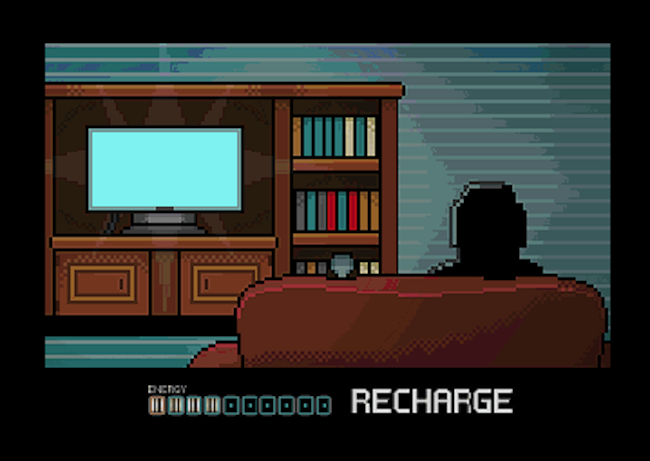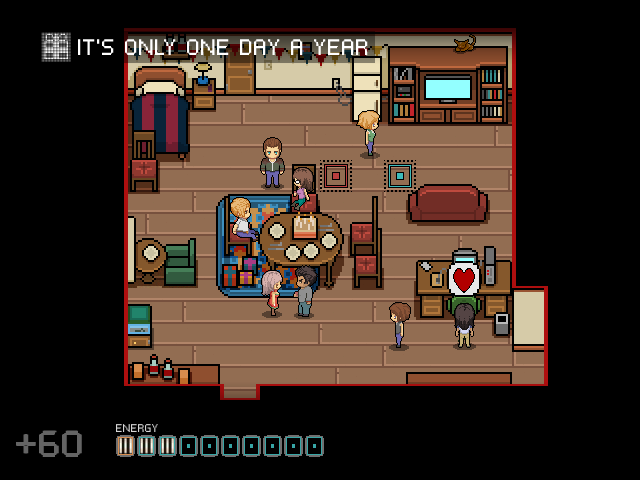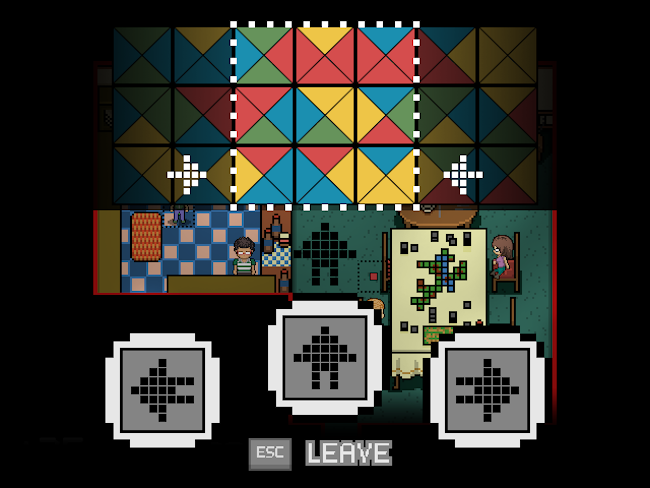
In recent years, I’ve been surprised by the profound nature of some independent games. When you hear the term “game,” it’s not unreasonable to immediately picture blockbuster shooters such as Call of Duty, but it’s also clearly evident the medium is evolving to become something more than a form of simple entertainment. Every day, developers are creating new types of interactive experiences and exploring new ways to tell stories, branching into a wide array of unconventional and taboo topics. The possibilities seem almost limitless at this point, and this is something to be very excited about.
In Gone Home (2013), we explored the struggles of a young gay woman. In To the Moon (2011), we learned about autism and the complexity of mental illness and its effects on a relationship. These are taboo subjects given the medium and not the sort of ideas I ever expected to see explored in a game. And yet, both of these titles resonated with me in a way that no other medium ever has. It opened my awareness to these issues and allowed me to appreciate their complexity. There are also many other unconventional examples, such as the thought provocative Papers, Please (2013) and the bizarrely creative Stanley Parable (2013); both of which do a commendable job delivering the message they want to convey. And this brings me to an indie game called Social Caterpillar.

Social Caterpillar is a game that focuses on the exploration of introversion in an attempt to deliver a sense of empathy to the player through mechanics that emulate the difficulties of this condition. It’s an affliction I’d never fully considered before, and while it sounds like it might not be a fun game to play, the creator put a lot of effort into developing a captivating experience. I’d also personally argue that not every game needs to be “fun” in a conventional sense, as we don’t always watch a movie or read a book for the sole purpose of entertainment. Sometimes we are captivated through learning and other times we pursue an urge to have our perceptions challenged. It’s a concept very new to the interactive medium, but I think it’s absolutely vital for its growth.
The way the game emulates the condition is by having the player wake up every morning to work their way through a virtual a diorama of social situations. When you first begin, you will have very limited energy and an internal voice which consistently tries to discourage you from doing anything or going anywhere. It’s an effective metaphor, emulating part of introversion, and while it doesn’t actually stop you doing anything, it’s frustrating as it always insists you never progress forward. On top of that, each door you walk through consumes energy, as does every attempt at a conversation with another person; which is another convincing metaphor emulating how exhausting something most people find so comfortable could be for a person with social anxiety.

Essentially, you only have a set amount of energy points per day, and once they are depleted, the player must return home to recharge, which is represented by the protagonist playing a game and relaxing on the couch (quiet rejuvenation). The way you get further into the game without running out of energy is by completing social interaction puzzles, which are inspired by an over-simplified metaphor for that particular social situation. For example, fitting in with friends might require choosing which single picture combines with the others to form a whole rectangle. Each puzzle contains several questions which you must interpret, and for each answer you get correct, you will earn social stamina; hopefully levelling up to earn energy points, so that you can progress further.
In terms of narrative, it’s more so represented through the environment than with dialogue. In fact, there is no direct dialogue between the characters whatsoever, which makes sense as each social encounter is literally a puzzle to the character. However, there is also a lot of implied narrative as well. When you begin the game, you can choose one of four characters, and there is an interesting segment where you get the opportunity to pursue a love interest, which will allow you to reach one of three endings, based on your decisions. The ending is essentially a final puzzle, and in my case, the scenario was getting up in front of a group of people to speak. Additionally, there are collectables you can unlock from certain puzzles, and secret rooms to be discovered.

Essentially, the game works like a virtual diorama, leading from one area to another as you gain enough energy to move forward, with the big conclusion waiting for you at the end. To get the most out of Social Caterpillar, you will need to think deeply about the social situation you’re presented with, and then translate the theme of that encounter to find a solution for the puzzle. Visually, Social Caterpillar is presented using pixel-art, which isn’t unusual for an indie game, and works quite fine with this style of game. However, the game is also accompanied by a fantastic soundtrack which adds to the experience greatly and includes contributions from To the Moon director, Kan “R” Gao”. I would go as far as to say it’s worth purchasing separately in support for the developer.
If you choose to see Social Caterpillar as a conventional game, it would most likely only appeal to fans of the puzzle genre. However, if you can relate to the issue it’s trying to portray; whether through personal experience, or because you have a friend, co-worker, or family member who is very introverted, this experience is going to be a lot more meaningful. Additionally, in case you were curious, there are several caterpillars you can locate throughout the game, but the title is mostly representative of the concept of growth and development. I personally found this to be a rewarding experience, having studied mental health in college, and by the end of the game, I felt as if I understood the condition a little better. If the subject doesn’t interest you, then I don’t think you will get a lot out of the experience, but at a cost of $2.99, I think it’s worth the investment to at least give it a try!











